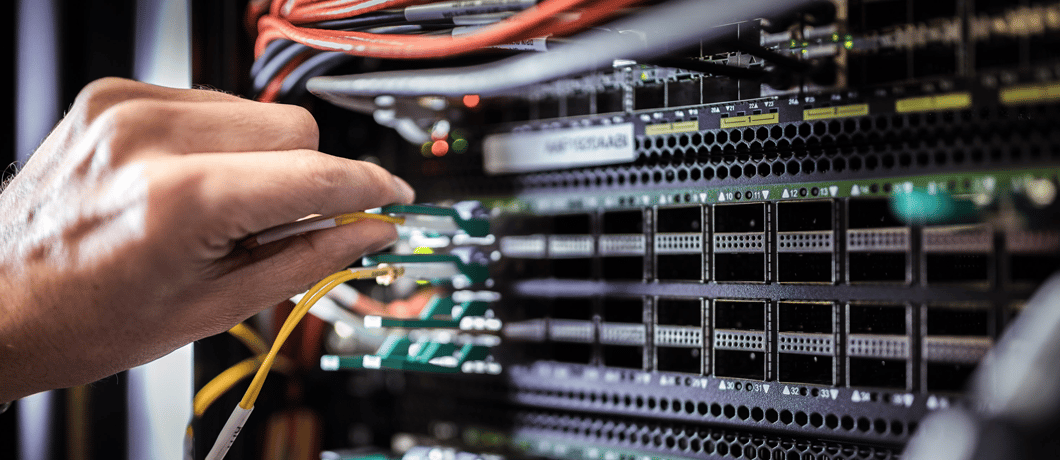Cloud computing led to unprecedented innovation
Building networks as clouds will also impact network services. We will no longer consider hardware as a single entity, but as a kind of resource. “These hardware resources will be virtualized, as opposed to the monolithic concept of a router,” I elaborated, “The software is, by definition, built to run at several locations, and be able to scale better.” This is the essence of cloud-native software, where the infrastructure scales on the hardware level, running on white boxes, while the software operates at the service level. This means that we are creating an abstraction of the hardware – a virtualization of it. This allows every software element to consume the right resources that are needed for it to operate properly in order to scale to the required capacity of the network. All of this boils down to an infrastructure that enables better TCO. Something which is more elastic and can scale up and scale down. Eventually this infrastructure provides the capability for innovation, because you will be able to innovate on software alone – without being tightly coupled to specific hardware. This separation of the data and control planes is what enables faster innovation of new services. This is exactly what has happened already in the cloud, and this is exactly what we are doing for networks. And that is why we say that we are building networks like cloud.
The 5G trigger will drive the networking industry forward
When it comes to 5G, a service needs to be provisioned throughout the network. Many services require ultra low latency putting the service termination point closer to the subscribers, and requiring a new infrastructure to support this to be in place. “It’s not just building a single device enabled with the ability to decouple hardware from software – or the control plane from the data plane – but also to have the ability to scale,” I explained, “with 5G you need a lot more bandwidth than in previous generations. Real 5G is triggering a lot more requirements of the network from end to end.” A flexible network in fact serves as an infrastructure for mounting multiple services, only some of which are even known, making 5G a trigger that will drive the networking industry innovation into the future. Also, there is a lot of talk about 5G and the edge cloud, or edge compute, and how these two meet up. Is it the same term just with different names? There is a lot of correlation between these two elements, perhaps two drivers pushing from two opposite directions and eventually meeting at a climax point. Again, this mandates a platform that is flexible, a platform which enables services to be mounted on top of it and that can host the application itself, establishing a platform for innovation. Revitalizing the infrastructure in the same way that clouds are built, will make network operators more agile and flexible, allowing them to build new profit generating services faster.




